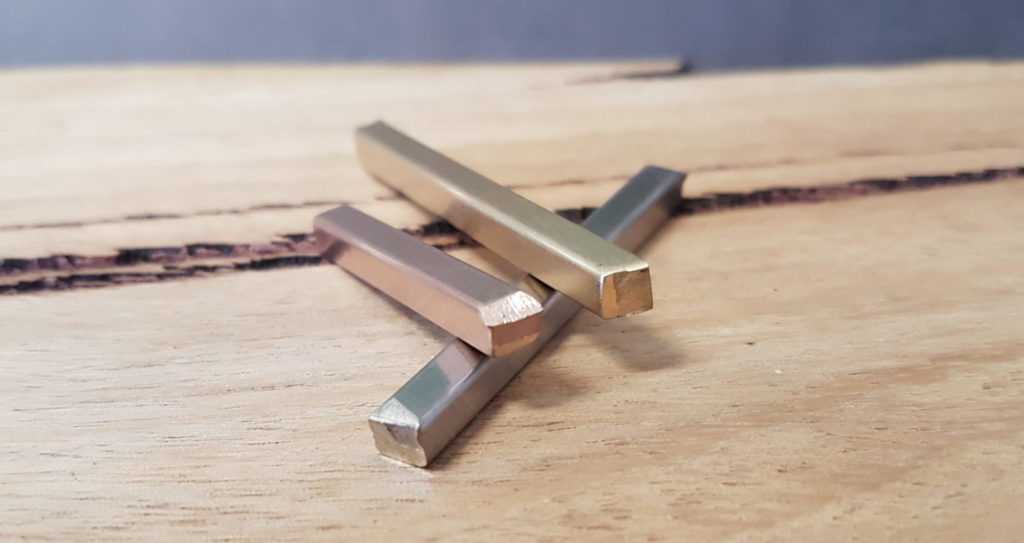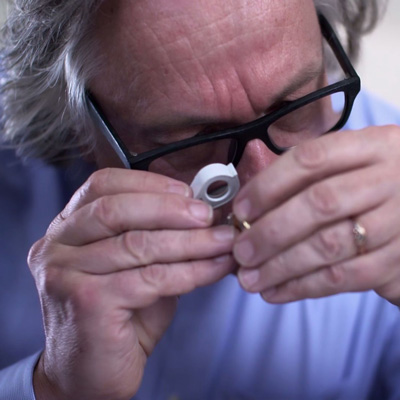
08 Aug Finding The Right Metal For An Engagement Ring
Finding the right metal for your engagement ring is as important as finding the perfect diamond or coloured gemstone. When you choose the right metal for her engagement ring, it completes the look with a brilliant diamond or beautiful gemstone. You will end up creating an engagement ring that is just as unique and amazing as the woman or man who will be wearing it.
This complicated decision is more than just choosing between yellow, white or rose golds. You have an entire range of possibilities to consider, such as the difference between white gold and platinum, what rose gold is, or how to complement gold and platinum in engagement rings. Each metal has pros and cons in terms of durability, matching the skin type and possible allergic reactions.
This guide will help you find the best metal for the perfect engagement ring.

Tip 1: Determine your partner’s style, and then find the right metal and colour to complement that style. One of the many things you need to carefully think about when choosing a metal for an engagement ring is the type of jewellery your future bride usually wears. Find out ring metal preference by sneaking a look at what she usually has on. Many women tend to have a clear preference for a certain metal and it is subconsciously based on the fact that certain metals match certain skin tones.
Tip 2: Considering Platinum. It is a popular choice for engagement rings because it showcases the brilliance and sparkle of diamonds beautifully as it is a naturally white metal. It is considered the most precious of all jewellery metals. If your bride-to-be leads an active lifestyle, platinum is the right metal for an engagement ring because it is more durable than gold and will keep your diamond or other gemstone protected and secure. Platinum is also naturally hypoallergenic which makes it a wonderful choice for people with sensitive skin.
Tip 3: Classic gold is a good option too. Gold is a highly versatile metal, and the most common choice for jewellery. Yellow gold is the most hypoallergenic of all the gold metals, which means, it usually causes fewer allergic reactions than other metals. More contemporary than yellow gold is white gold which gets its silvery white character from combining yellow gold with naturally white metals such as palladium or platinum. It’s plated with a hard element called rhodium (a platinum group metal), which costs about four times as much as platinum. Once plated it gives the white gold a bright white “pop”. However this plating is not permanent and needs to be redone every 3-6 months depending on the wearer.
Be sure to check out more of our blogs and our Instagram and Facebook for more jewellery related goodness.




